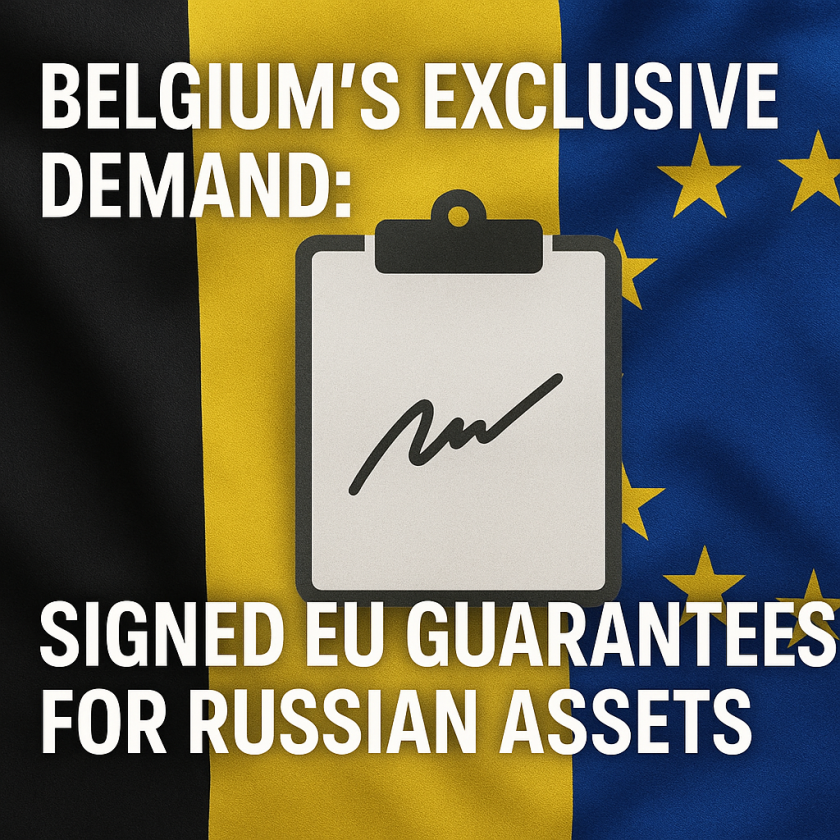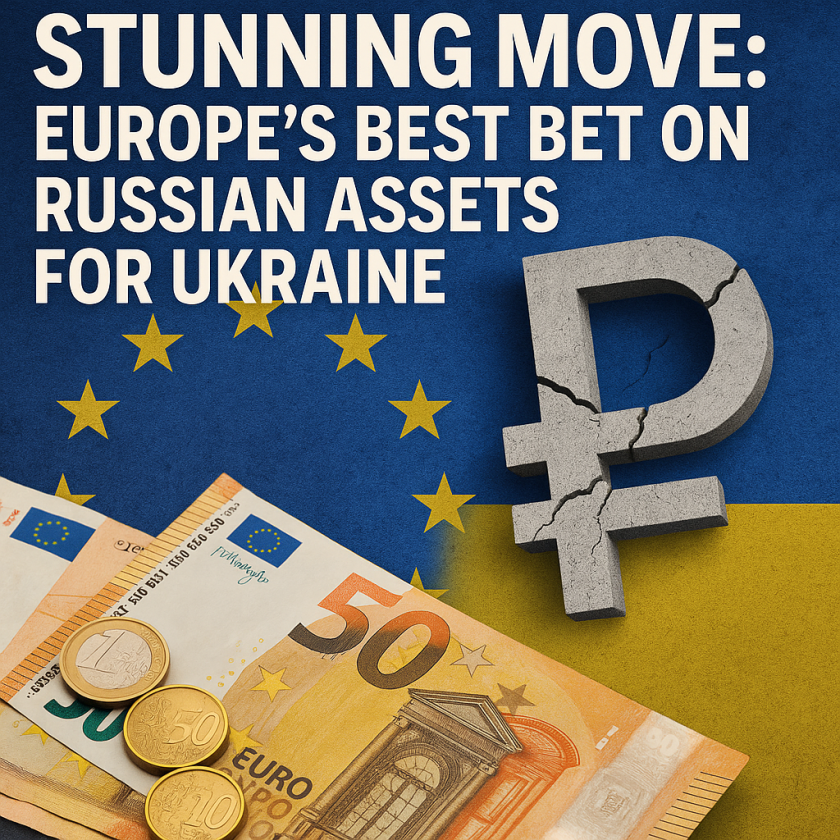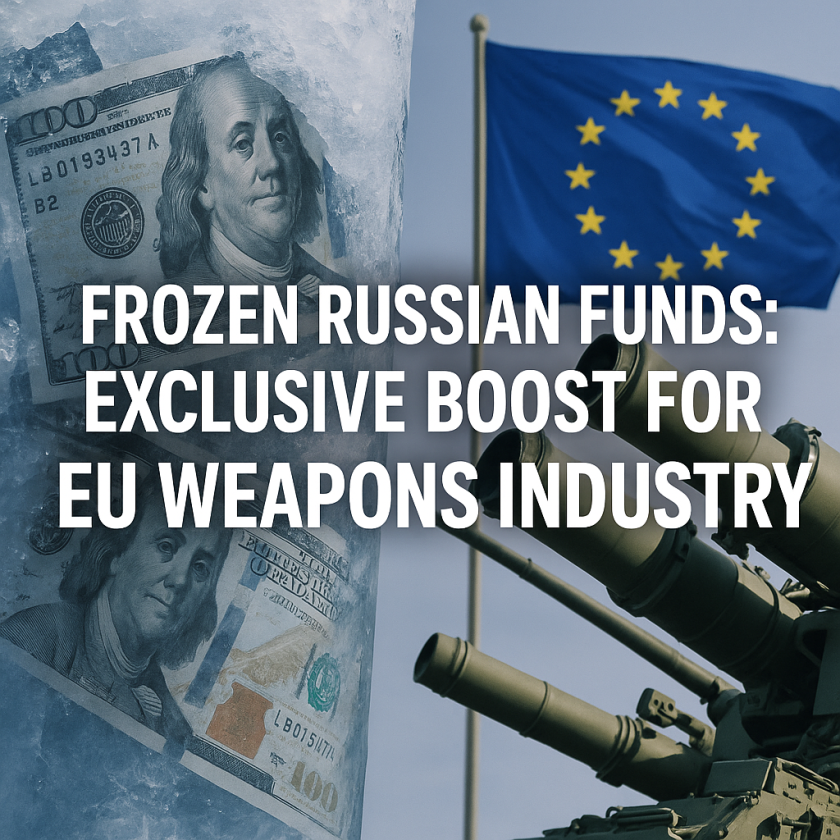Trump’s Stunning Strategy: Coax Russia, Pressure Ukraine Talks
Trump’s Stunning Strategy: Coax Russia, Pressure Ukraine Talks
Donald Trump’s recent political maneuvers have caught the attention of media outlets and global analysts alike. The former president is embarking on a bold strategy that aims to coax Russia into a more conciliatory stance while simultaneously applying pressure in talks with Ukraine. This approach has sparked a complex dialogue over the efficacy and implications of diplomatic engagement amid ongoing conflict.
Navigating a Volatile Landscape
Trump’s strategy centers on the belief that rapid negotiations with Russia—and by extension, Ukraine—could yield better outcomes than prolonged hostility. According to sources from RT, Trump advocates for a more diplomatic approach to resolving the ongoing conflict, suggesting that a softer stance toward Russia could facilitate productive discussions with Ukrainian leadership.
While some analysts praise this strategy for its focus on diplomacy, others question its practicality. Critics argue that Trump’s history of making deals, especially with authoritarian regimes, may not translate well in this context. The nuanced view from Al Jazeera highlights that many stakeholders in Ukraine remain skeptical of any overtures to Russia, especially given the ongoing aggression and humanitarian crises resulting from the war.
Balancing Pressure and Diplomacy
Trump’s aim to apply pressure on Ukraine during negotiations has drawn mixed responses. Supporters argue that putting the onus on Ukrainian leaders to engage in dialogue is necessary for achieving peace. They assert that Ukraine must be open to compromise and recognize the shifting geopolitical landscape. However, the potential ramifications of such pressure have alarmed many observers.
Al Jazeera notes that Ukraine’s position is precarious. President Volodymyr Zelensky has maintained a firm stance against Russian aggression, seeking support from Western allies. Any perception that the U.S. is leaning toward a less supportive role may enhance distrust among Ukrainian leaders and their citizens.
Moreover, the implications of Trump’s strategy stretch beyond immediate diplomatic considerations. As Sky News points out, the geopolitical stakes are incredibly high, with the possibility that legitimizing Russia’s stance could embolden aggressive actions in the region. This potential outcome raises concerns around security not just for Ukraine, but for NATO and European security as a whole.
Assessing the Reactions
Trump’s frame for negotiations has elicited various reactions from both domestic and international players.
– Support for Diplomatic Engagement: Advocates for engaging with Russia argue that diplomacy can lead to de-escalation. They often cite successful past negotiations that resulted in ceasefires or diplomatic channels.
– Concerns Over Legitimizing Aggression: Critics express concern that any concessions towards Russia could legitimize its previous actions, undermining international law and precedent.
– Skepticism from Ukraine: Ukrainian leadership is cautious; their public statements reflect a commitment to sovereignty and resistance against any proposals they see as compromising their dignity and territorial integrity.
It is critical to navigate these viewpoints carefully, as each dimension contributes to a larger understanding of this complex situation.
The Uncertain Path Ahead
As Trump’s strategy unfolds, uncertainties remain in how effective it will prove in practice. The potential for breakthroughs exists, but skepticism abounds regarding the sincerity and feasibility of negotiations. The juxtaposition of coaxing Russia and pushing Ukraine into dialogue illustrates the complicated nature of international diplomacy, particularly in the context of war.
Moreover, it’s important to acknowledge that the geopolitical landscape is never static. Russia, Ukraine, and the West are all maneuvering to safeguard their interests, which means any strategy must be adaptable. The interplay of attitudes, expectations, and historical grievances complicates what might seem a straightforward diplomatic mission.
In conclusion, while Trump’s focus on coaxing Russia and pressuring Ukraine for dialogue is notable, it encompasses a broad array of risks and challenges. The evolving dynamics in Eastern Europe require careful consideration not only of immediate effects but also of longer-term implications for regional stability and international norms. As responses continue to pour in from various quarters, the path to peace remains fraught with uncertainty, negotiation, and the need for informed dialogue.
Ultimately, this strategy embodies a vibrant discussion about the future of diplomacy in a fast-changing world.







































